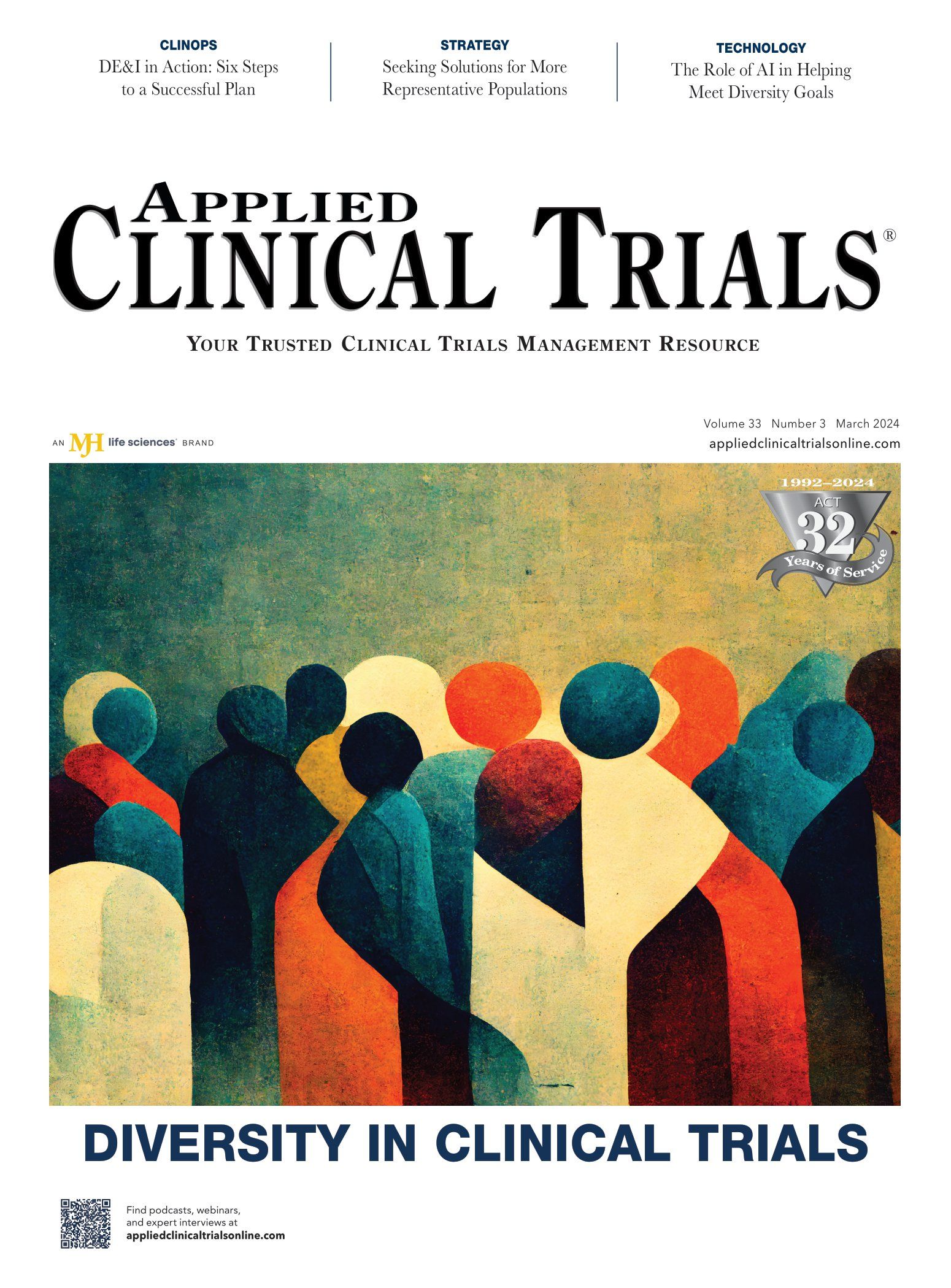Q&A: Prioritizing Patient Diversity in Trial Design and Outreach
Tola Olorunnisola, senior vice president – general manager, clinical services and strategy, at Avantor, discusses the progress and challenges in incorporating more diversity-driven measures in drug development.

Applied Clinical Trials spoke recently with Tola Olorunnisola, senior vice president – general manager, clinical services and strategy, Avantor, about the progress made in incorporating more diversity-driven measures and goals in clinical trial design. She also discusses new opportunities, via advanced technologies, in study planning and outreach, with the mission of ensuring more truly representative patient populations.
Applied Clinical Trials: Diversity in trials has been one of the industry’s biggest challenges for some time. What are some ways you have seen it addressed and improved in recent years?
Tola Olorunnisola: Trial designs have become a lot more inclusive. They now consider factors such as age, gender, ethnicity, and macro/socioeconomic status. These factors are all critical in defining and designing the trial criteria.
With the increase in decentralized clinical trials (DCTs), where you typically find hybrid arrangement [split between virtual and site-specific], this has enabled the ability to source for a more diverse and geographically dispersed population. Digital health solutions and technologies, such as remote monitoring, wearables, and telemedicine, have made participation by individuals who used to face transportation challenges more accessible.
There’s also been a lot of improvement and intentional focus on ensuring there’s a diverse investigation team. This has a significant impact when recruiting for a diverse patient group as well as instilling trust.
Training, education, and transparency is now at the forefront of every trial as well as governing bodies incentivizing sponsors to prioritize diversity.
ACT: It seems there are currently more data sources in clinical trials than ever before. How can the industry better utilize them to increase diversity?
Olorunnisola: Trend analysis can assist decision-making around potential pivoting within the trial, speeding up the drug development process, and reducing the time to market. While data and analytics remain constant in traditional trials vs. DCTs, the incoming data is now flowing from a diverse set of sources that need to be consolidated for analysis.
Data sources from mobile health technologies, [electronic heath records], patient registries, and social data such as education, income, and living conditions are all data points that can help. There are data analytics and integration tools that can help analyze all these data sources and capture demographic, genetic, socioeconomic, and lifestyle data trends. This, in turn, can help identify a group(s) that could otherwise have been underrepresented without insight into these data sets.
ACT: Like many industries, AI is becoming a large part of clinical trials. Are there ways it can be leveraged to increase diversity?
Olorunnisola: Absolutely; and leveraging machine learning algorithms and predictive modeling has and continues to be actively applied in clinical trial planning and research today. AI can help identify patterns and predict potential participant recruitment challenges such as diversity and inclusivity. This allows researchers to be preemptive and proactively address any barriers around diverse participation and inclusivity.
ACT: Looking forward to the remainder of 2024, what should stakeholders be keeping top of mind when it comes to better representing diverse populations in trials?
Olorunnisola: Focus on awareness by collaborating with local communities and healthcare providers. Ensure there are outreach programs that are culturally sensitive and disseminate the right information to remove doubt or eliminate myths/misinformation around the trial purpose. This continues to be prevalent now more than ever with the introduction of cutting-edge therapies and availability of information or disinformation across social media channels.
Have a patient-centric approach and mindset. A patient’s desire to feel a seamless, more consumer-like experience impacts every stage of the clinical trial workflow. Creating a more consumer-like experience in the clinical trial, where a patient is treated as a valued customer rather than a number, encourages participation and improves retention.

Reaching Diverse Patient Populations With Personalized Treatment Methods
January 20th 2025Daejin Abidoye, head of solid tumors, oncology development, AbbVie, discusses a number of topics around diversity in clinical research including industry’s greatest challenges in reaching diverse patient populations, personalized treatment methods, recruitment strategies, and more.